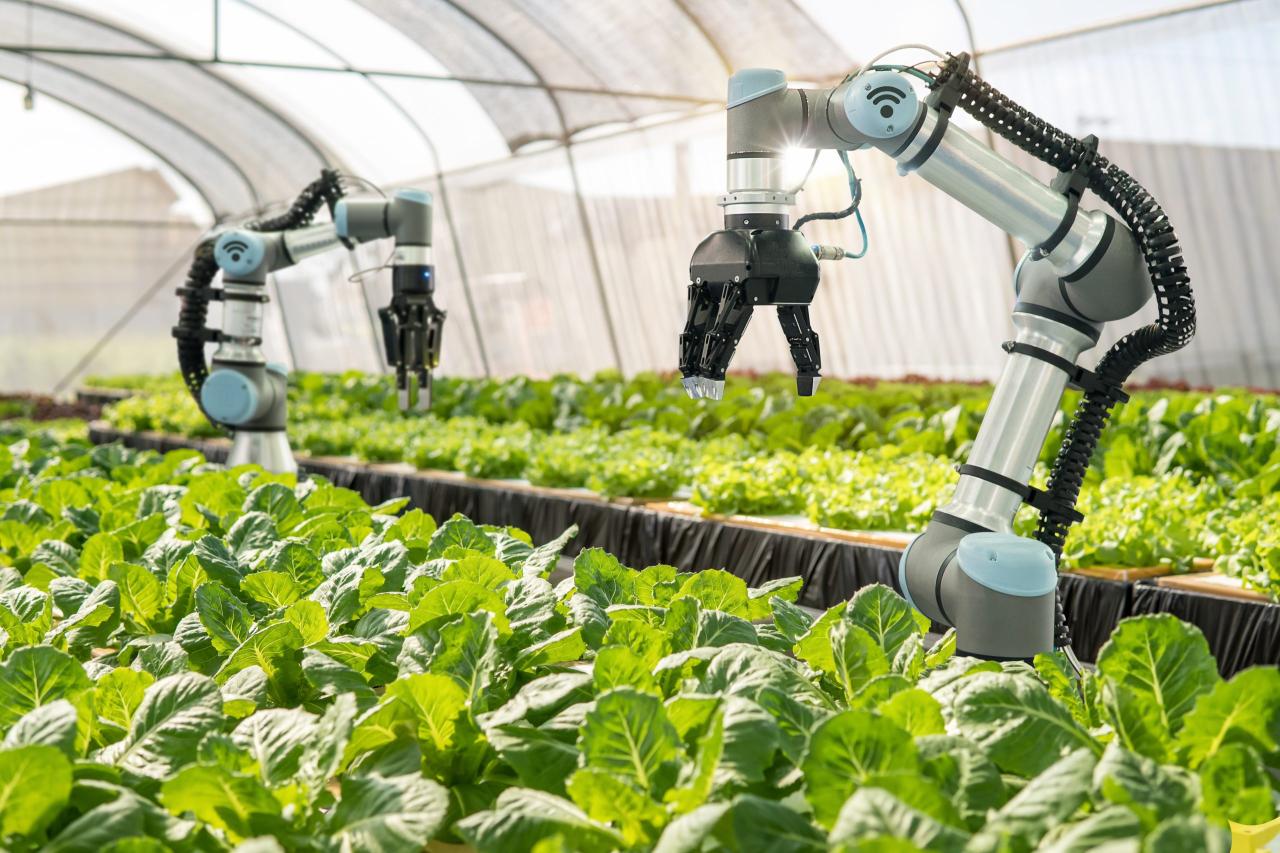

The Role of AI in Environmental Monitoring and Conservation
The world is facing unprecedented environmental challenges, from climate change to deforestation, pollution, and biodiversity loss. The consequences of human activities on the planet are manifesting in devastating ways, and it’s essential to take immediate action to mitigate these effects. In recent years, artificial intelligence (AI) has emerged as a powerful tool in the fight against environmental degradation. AI is revolutionizing environmental monitoring and conservation efforts, offering novel solutions to age-old problems. In this article, we’ll delve into the role of AI in environmental monitoring and conservation, highlighting its applications, benefits, and future prospects.
Monitoring Environmental Parameters
Environmental monitoring is crucial for understanding the health of our planet. Traditionally, monitoring environmental parameters such as air and water quality, weather patterns, and wildlife populations has been a labor-intensive and time-consuming process. AI is changing this landscape by providing real-time, high-resolution data on environmental parameters.
- Satellite Imagery and Remote Sensing: AI-powered satellite imaging and remote sensing technologies are enabling researchers to track changes in the environment with unprecedented precision. For instance, AI-assisted satellite imaging can detect deforestation, monitor ocean health, and track climate-related disasters like hurricanes and wildfires.
- IoT Sensors: The Internet of Things (IoT) has led to the proliferation of sensors that can monitor environmental parameters such as air quality, noise pollution, and water quality. AI algorithms can process the vast amounts of data generated by these sensors, providing real-time insights into environmental conditions.
- Acoustic Monitoring: AI-powered acoustic sensors can monitor wildlife populations, detect changes in their behavior, and identify species that are vulnerable to extinction.
Conservation Efforts
AI is not only useful for monitoring environmental parameters but also for informing conservation efforts.
- Species Identification: AI-powered species identification tools can help conservationists identify and classify species more accurately, enabling targeted conservation efforts.
- Habitat Prediction: AI algorithms can predict the most suitable habitats for endangered species, guiding conservation efforts and reducing the risk of human-wildlife conflict.
- Invasive Species Detection: AI-powered drones and sensors can detect invasive species, enabling early intervention and preventing the spread of non-native species.
AI-driven Insights for Sustainability
AI is generating new insights that can inform sustainable practices and policy decisions.
- Climate Modeling: AI-powered climate models can predict climate-related disasters, enabling policymakers to develop targeted mitigation strategies.
- Supply Chain Optimization: AI can optimize supply chains, reducing waste, and emissions, and promoting sustainable practices.
- Energy Efficiency: AI-powered energy management systems can optimize energy consumption, reducing energy waste and promoting renewable energy sources.
AI for Sustainable Agriculture
AI is transforming agriculture, enabling farmers to adopt sustainable practices and reduce their environmental footprint.
- Precision Farming: AI-powered precision farming techniques can optimize crop yields, reduce water consumption, and minimize the use of chemical pesticides and fertilizers.
- Livestock Monitoring: AI-powered sensors can monitor livestock health, detecting early signs of disease and enabling targeted interventions.
- Crop Prediction: AI algorithms can predict crop yields, enabling farmers to make informed decisions about planting, harvesting, and resource allocation.
Challenges and Limitations
While AI has tremendous potential in environmental monitoring and conservation, there are challenges and limitations to its adoption.
- Data Quality: AI algorithms are only as good as the data they’re trained on. Poor data quality can lead to inaccurate insights and flawed decision-making.
- Lack of Standardization: The absence of standardization in AI algorithms and data formats can hinder collaboration and data sharing between organizations.
- Ethical Considerations: AI-powered environmental monitoring raises ethical concerns, such as data privacy and surveillance.
Future Prospects
Despite these challenges, the future of AI in environmental monitoring and conservation looks bright.
- Increased Adoption: As AI technology advances, we can expect to see increased adoption across industries and sectors.
- Interdisciplinary Collaboration: Collaboration between AI researchers, environmental scientists, and policymakers will be essential for developing effective AI-driven solutions.
- Technological Advancements: Advancements in AI, IoT, and satellite imaging will continue to improve the accuracy and resolution of environmental monitoring data.
Conclusion
The role of AI in environmental monitoring and conservation is undeniable. By providing real-time, high-resolution data on environmental parameters, AI is empowering researchers, policymakers, and conservationists to make informed decisions about the planet’s future. From monitoring environmental parameters to informing conservation efforts, AI is revolutionizing the way we approach environmental sustainability. As we move forward, it’s essential to address the challenges and limitations of AI adoption, ensuring that this powerful technology is used for the greater good of the planet.




